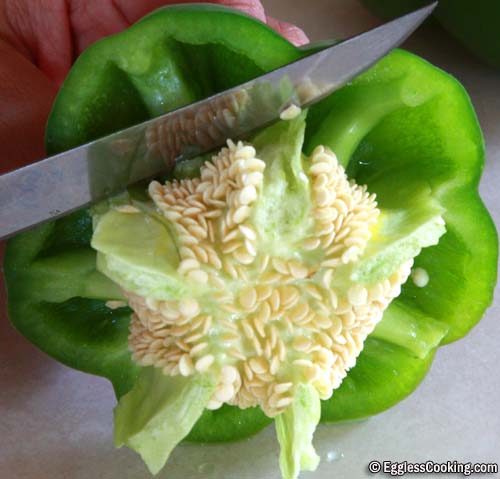Chillis have been documented over 5,000 years ago in parts of Central and South America. Chilles production is ubiquitous just because their farming requisites are less demanding than most fruits and vegetables. The fruits of this small plants can be grown in Europe, the Middle East, parts of Africa, and regions of Asia such as the Sichuan and Hunan provinces of China (this explains why this style of cuisine is a spicy inferno). The best part is that these fruits bring many flavors and aromas without the usage of starches and sugars.
Chillis are actually fruits and contain seeds that are normally dispersed by animals and Mother Nature. Animals such as birds swallow the chillis whole and the seeds are then displaced either by the wind or the excrement (yum). Now you’re probably wondering, why would birds devour these fruits whole…I mean, only buffoons would put a whole chilli (or jalapeno) down their esophagus. Well, it’s because birds are immune to the chemical agent, Capsaicin, the active ingredient that causes the “irritable pain.” In fact, it appears only mammals are susceptible to this chemical weapon since our flavor and sense profiles differ from our avian brethren. Makes me wonder, do you think dinosaurs are immune to Chile peppers?
There’s actually a common misconception that the “seeds” causes all the spiciness. Capsaicin is actually produced in the spongy mass called the placenta, the white portion in this picture.
[Source: http://www.egglesscooking.com/images/food-events/green-bell-pepper/remove-seeds-top.jpg]
Under physical stress, the placenta secretes capsaicin throughout the cells and escapes onto the surface of the seeds and into the matrix of the fruit. So when you run that knife through that Serrano chile, the capsaicin bursts from the vacuole and clings throughout the fruit. The proximity of the placenta and seeds serve as an evolutionary advantage to protect the chile-DNA (remember, the goal of the plant and fruit is to make more chile-babies).
Of course, it’s not just the physical stress that releases the Capsaicin, chemical and environmental stress also cause the placenta to release more Cap into the body of the fruit. Production of Cap increases in drought, high temperatures, and as the fruit ripens. It does so to prepare its defenses and increase the chances of survival when the fruit falls off of the plant. Spiciness reaches it maximum when the fruit is most ripe and declines with time as the chemical degrades. This generally means (in most, but not all situations) that green chillis are spicier, for example, a green serrano versus a red serrano. Of course, different species of chillis produce different amounts of pungency which explains the mildness of Bell Peppers, where as the Peruvian Death Pepper makes me want to scream bloody murder.
[Source: http://images.ucomics.com/comics/ga/2000/ga000917.gif]
While driving from Berkeley, I was talking to my buddy, Jason Chan, about meal-size regulation. You see, by slowing the rate at which food enters your gullet, you can trick your body at satiating itself much quicker. In addition to fooling your brain through portion-sizing, you can also increase your body’s metabolic rate through the use of Capsaicin. Many of you have experienced increased sweating after eating spicy curry and it’s due to increased blood flow. In short, Capsaicin affects your body’s temperature regulation making you feel hotter than you actually are; it induces sweat to evaporate and cool one’s self. Though the caloric energy used for this mechanism is minor (no more than 10 kcal/hour), the spiciness alone will cause to you eat less, as your mouth receives shocks of peppery goodness.
Too much spiciness can be bad and cooks can reduce the pungency by removing the placenta and the seeds (rereading this sentence makes me cringe). However, if you’ve already downed that habanero, you can do some things to trick your brain. Anything cool, such as ice water, distracts the pain receptors in your mouth and slightly overrides the Capsaicin-induced signal. You can also do the saltine-cracker challenge (six saltines, one minute) as rough/salty foods deceive your brain in the same fashion. Finally, there’s milk, which encapsulates the Capsaicin molecule preventing its binding to your mouth receptors. By the way, carbonation actually increases irritation so lay off that soda if your mouth is burning; milk does a body good.
And Pepper Spray, you know, that stuff you spray on thugs (like the Oregon football team)? That’s synthesized from Capsaicin.
[Source: http://citizenfall.files.wordpress.com/2008/08/oregon-duck.jpg]




No comments:
Post a Comment